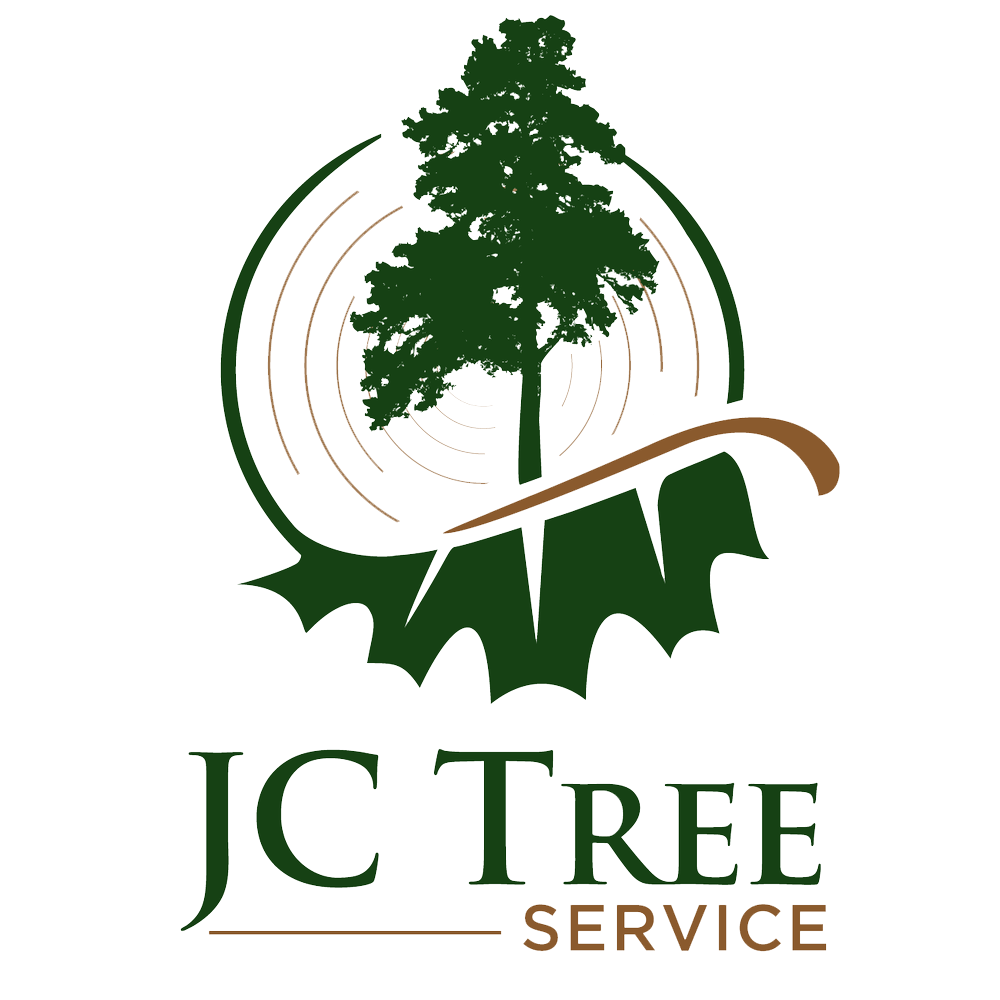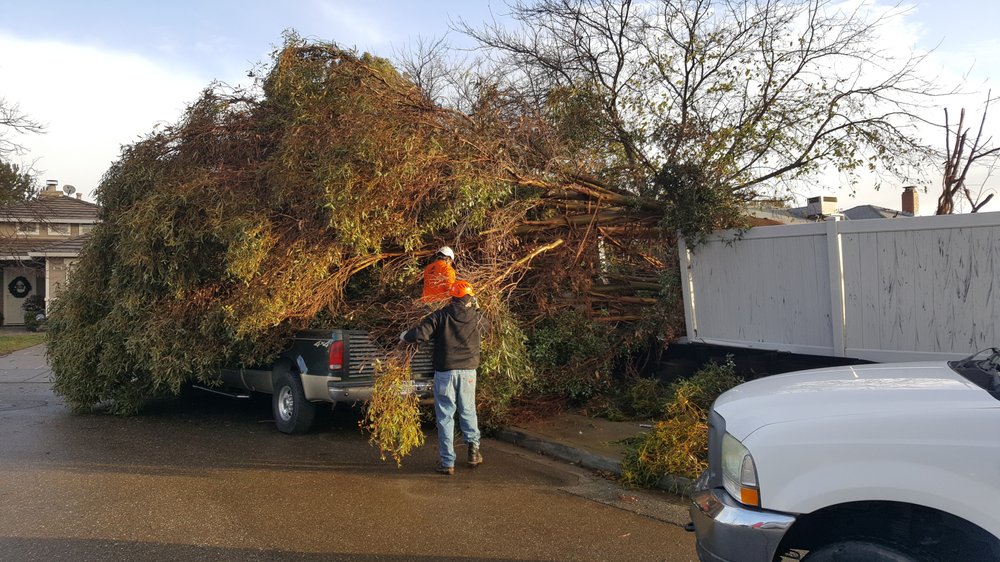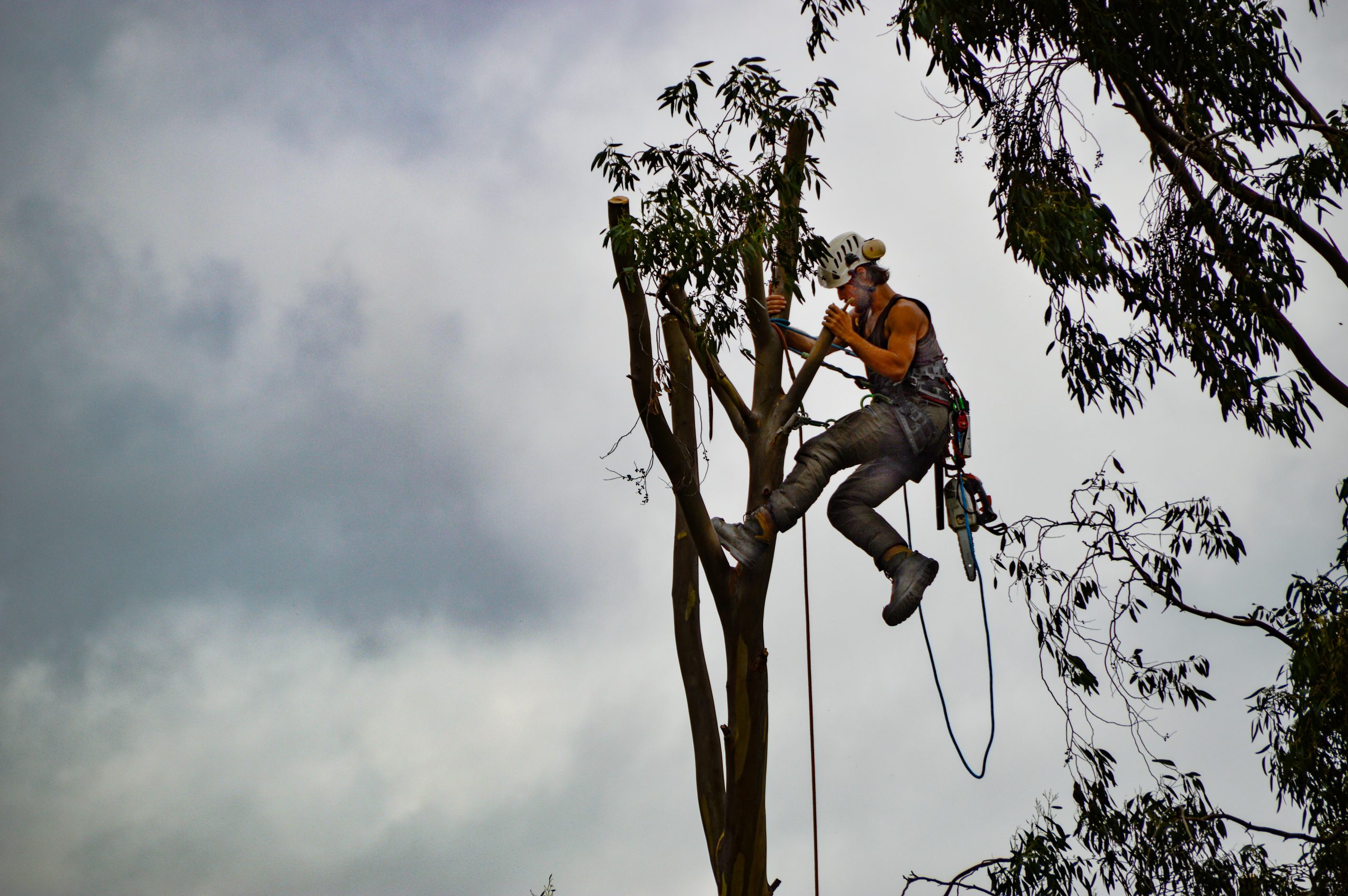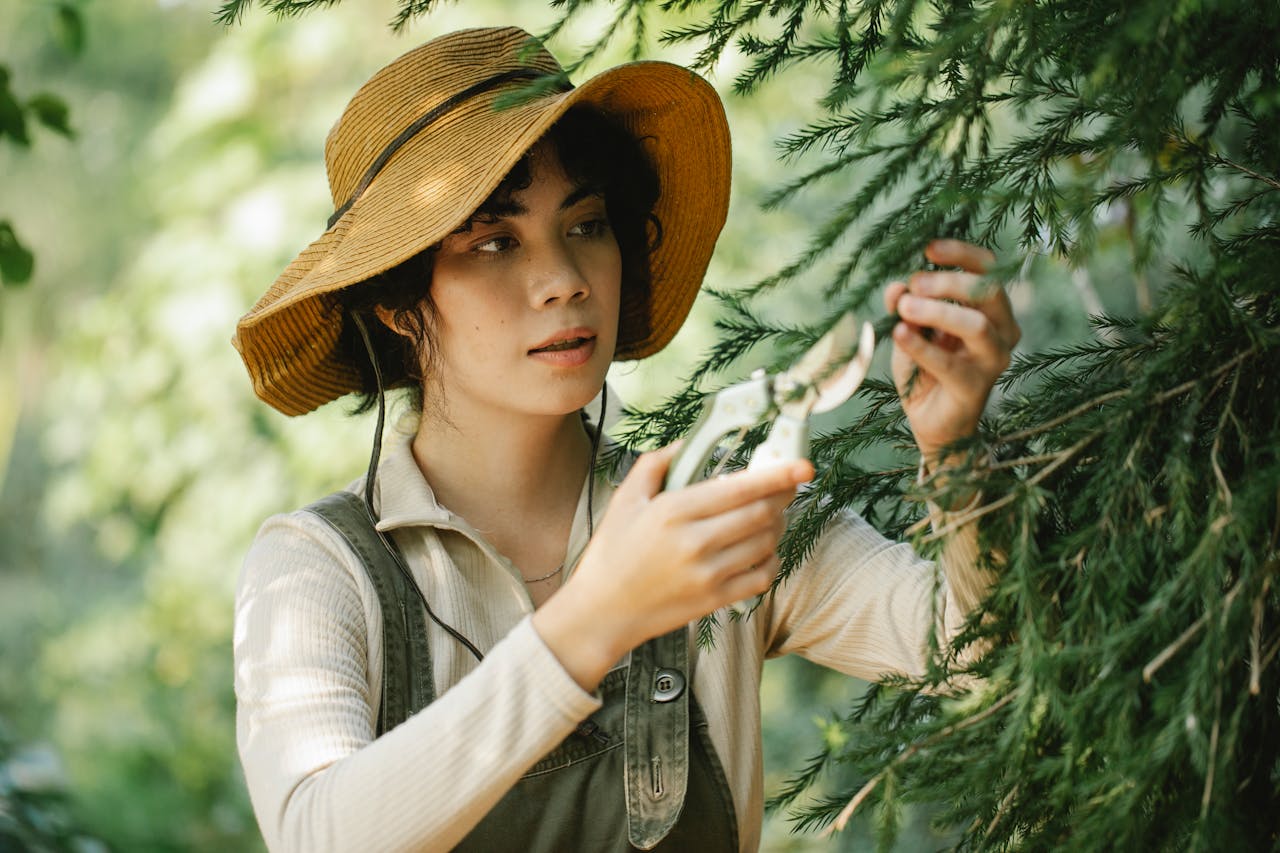Key Takeaways:
- Tree topping is when large branches or the upper parts of a tree are cut off to control its size or remove hazards.
- Topping reduces the tree’s ability to make food through photosynthesis, which causes stress.
- This stress makes the tree grow weak shoots that drain its energy and weaken its overall health.
- Topping also creates wounds that can lead to decay and make the tree more likely to break in storms.
- The wounds from the topping can invite pests and diseases that harm the tree.
- Topping changes the tree’s natural growth, making it look unattractive and weak.
- Topped trees are less effective at providing shade, cleaning the air, and supporting wildlife.
- Topping can lead to higher long-term maintenance costs and decrease property value.
- Alternatives to topping include crown reduction, crown thinning, crown raising, and planting the right tree for the space.
- Crown reduction cuts branches to reduce size while keeping the tree’s natural shape.
- Crown thinning removes branches to improve airflow and light without harming the tree.
- Crown raising removes lower branches to create clearance under the tree.
- Planting the right tree prevents problems that require topping.
- Topping is harmful, and using proper tree care methods can keep trees healthy and strong.
Tree topping, the practice of cutting back large branches or the upper sections of a tree’s canopy, is often employed by homeowners aiming to control tree size or eliminate perceived hazards. However, this method can inflict significant harm on trees, leading to long-term health issues and structural instability. Understanding the scientific basis of these adverse effects is crucial for responsible tree management.
Physiological Stress And Impaired Photosynthesis
One of the most immediate and significant consequences of tree topping is the loss of foliage. Leaves are critical to a tree’s survival as they facilitate photosynthesis—the process by which sunlight is converted into chemical energy stored as sugars. These sugars are essential for all aspects of the tree’s growth and maintenance, from developing new tissues to supporting root health.
When a tree is topped, a substantial portion of its canopy is removed, drastically reducing its photosynthetic capacity. This sudden loss of energy production places the tree under physiological stress. To compensate, many trees respond by producing numerous fast-growing shoots, commonly referred to as water sprouts. While this regrowth might give the appearance of recovery, it is structurally weak and metabolically costly. These shoots siphon off the tree’s already depleted energy reserves, leaving it even more vulnerable to environmental stresses, such as drought, extreme temperatures, and poor soil conditions.
Furthermore, the reduced leaf area limits the tree’s ability to regulate its internal temperature and water balance. Leaves play a role in transpiration, a process that helps cool the tree and facilitates nutrient uptake from the roots. Without adequate foliage, the tree’s overall physiological functions are impaired, creating a cascade of health issues that can compromise its survival.
Structural Weakness And Increased Risk Of Failure
Tree topping creates significant structural weaknesses that increase the likelihood of branch failure. The new shoots that emerge from the topping cuts are poorly attached to the remaining branches or trunk. Unlike the natural growth that develops from branch collars, these water sprouts originate from adventitious buds—areas of the tree that are not biologically equipped to support strong connections. As these shoots grow, they become more susceptible to breaking, particularly during high winds, heavy rainfall, or snow accumulation.
The large wounds left by topping cuts also exacerbate the tree’s structural instability. These wounds often do not heal properly and can become entry points for decay-causing fungi and other pathogens. Over time, the decay can spread to the tree’s core, further weakening its structural integrity. This combination of weak regrowth and internal decay significantly increases the risk of branch or whole-tree failure, posing hazards to nearby property and people.
Heightened Susceptibility To Pests And Diseases
Topping exposes trees to a variety of pests and diseases, primarily through the large, open wounds created during the process. These wounds provide a direct pathway for fungi, bacteria, and insects to invade the tree’s vascular system. In healthy trees, natural defense mechanisms—such as the production of chemicals that deter pests—help mitigate these threats. However, the physiological stress induced by topping weakens these defenses, making the tree more vulnerable.
Insects such as borers are particularly attracted to stressed and damaged trees. Once these pests infest the tree, they can cause further damage by feeding on the wood or introducing additional pathogens. Similarly, fungal infections, such as canker diseases and root rot, can take hold in the weakened tree, spreading through its tissues and leading to further decline. These infestations not only compromise the tree’s health but also increase the risk of secondary issues, such as falling branches or complete tree failure.
Altered Growth Patterns And Aesthetic Degradation
Tree topping disrupts the natural growth patterns that give trees their characteristic shapes and structural balance. Instead of developing evenly spaced, strong branches, a topped tree produces clusters of water sprouts that grow rapidly but haphazardly. These shoots often grow straight upward, creating a dense and unsightly canopy that lacks the elegance of the tree’s original form.
The aesthetic damage caused by topping can significantly reduce a tree’s value in the landscape. Trees are often planted not only for their environmental benefits but also for their visual appeal. A topped tree—with its unnatural shape, dense clusters of weak regrowth, and potential for long-term decline—detracts from the overall beauty of the property. In some cases, homeowners may feel compelled to remove the tree entirely, incurring additional costs and losing the environmental and aesthetic benefits it once provided.
Moreover, the rapid growth of water sprouts can undermine the initial goals of tree topping, such as size reduction or hazard mitigation. Within a few years, the tree may regain its original height, but its regrown canopy will be less stable and more prone to failure. This cycle of regrowth and pruning can become a costly and frustrating burden for homeowners.
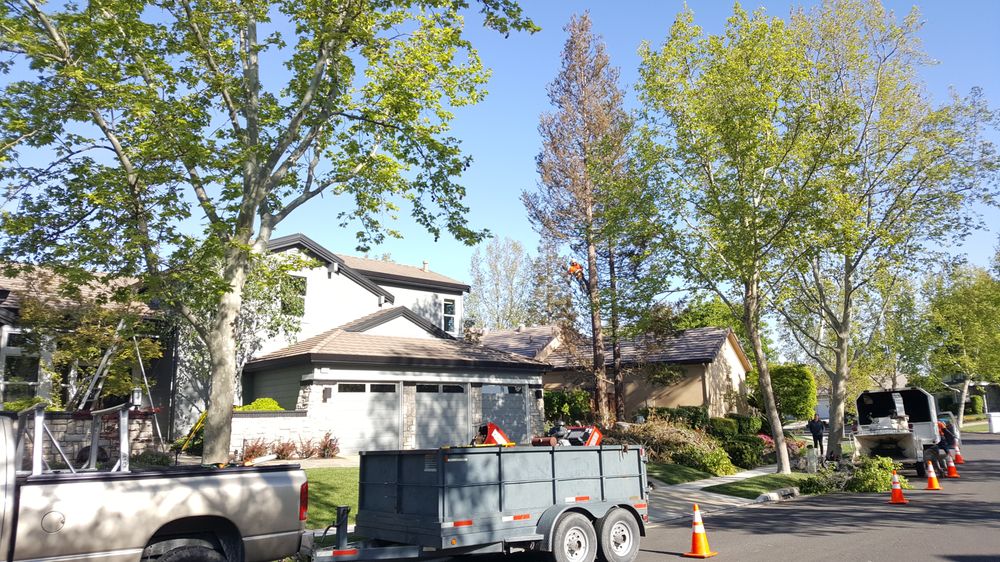
Environmental And Economic Implications
The impacts of tree topping extend beyond individual trees, affecting broader environmental and economic considerations. Trees play a critical role in urban and suburban ecosystems by providing shade, improving air quality, and supporting wildlife habitats. A topped tree’s diminished health reduces its ability to perform these essential functions. For example, a weakened tree may produce less oxygen, absorb fewer pollutants, and provide less effective shade, leading to higher energy costs for cooling nearby buildings.
Wildlife also suffers from the loss of healthy trees. Birds, insects, and other animals rely on trees for shelter, food, and nesting sites. Topping can disrupt these habitats, forcing wildlife to relocate and reducing biodiversity in the area.
From an economic perspective, the long-term costs of tree topping often outweigh any short-term savings. While topping may seem like a quick and inexpensive solution to tree management, the resulting maintenance expenses can be substantial. Homeowners may need to pay for frequent pruning to manage the weak regrowth, treat pest or disease infestations, or remove the tree entirely if it becomes too hazardous. Additionally, the loss of property value due to the presence of unsightly or unhealthy trees can have financial repercussions, particularly if the property is being sold.
Scientific Alternatives To Tree Topping
To avoid the negative consequences of tree topping, homeowners and tree care professionals should adopt scientifically supported alternatives that prioritize tree health and safety. Some of the most effective alternatives include:
Crown Reduction
Crown reduction involves selectively pruning branches to reduce the overall size of a tree’s canopy while maintaining its natural shape. This technique focuses on cutting back to lateral branches that are at least one-third the diameter of the removed branch, ensuring strong regrowth. Crown reduction is particularly useful for managing trees that have outgrown their space or pose a risk to nearby structures.
Crown Thinning
Crown thinning involves removing select branches throughout the canopy to improve airflow and light penetration. This technique reduces the weight of the tree’s canopy, decreasing the risk of limb breakage during storms. Unlike topping, crown thinning maintains the tree’s structural integrity and natural appearance.
Crown Raising
Crown raising involves removing lower branches to increase clearance beneath the tree. This method is ideal for trees that obstruct walkways, driveways, or buildings. By carefully removing only the necessary branches, crown raising preserves the tree’s overall health and stability.
Planting The Right Tree
Prevention is often the best solution. Choosing the right tree for a specific location can prevent many of the issues that lead to topping. Homeowners should research the mature size and growth habits of a tree species before planting to ensure it will not outgrow its space. Consulting with a certified arborist can provide valuable guidance in selecting and planting appropriate trees.
Conclusion
While tree topping might offer a quick solution for controlling tree size or addressing perceived hazards, the scientific evidence highlights its detrimental effects. From physiological stress and structural weaknesses to heightened vulnerability to pests and diseases, the consequences of topping can compromise a tree’s health, stability, and lifespan. Moreover, the environmental and economic implications underscore the need for more sustainable and responsible tree care practices.
By understanding the science behind tree topping and its alternatives, homeowners and land managers can make informed decisions that prioritize the health and beauty of their trees. Techniques such as crown reduction, thinning, and raising offer effective ways to manage tree size and shape without sacrificing vitality. Additionally, selecting the right tree species for the right location can prevent future issues and ensure a thriving, sustainable landscape. For optimal results, consulting with a certified arborist is highly recommended, as their expertise can help preserve the health and safety of your trees for years to come.
Enhance Your Landscape With JC Tree Service’s Expert Tree Maintenance
Proper tree maintenance is essential for keeping your property safe, beautiful, and well cared for. At JC Tree Service, we specialize in comprehensive tree maintenance services for homes and businesses in Brentwood, Antioch, and surrounding areas. Whether you need seasonal pruning, risk assessment, or help managing overgrown branches, our skilled team is here to ensure your trees stay healthy and safe year-round.
Our tree maintenance services are designed to prevent potential hazards, protect your property, and enhance curb appeal. With regular maintenance, we help you avoid risks from weak or damaged branches, manage tree growth, and support long-term health for a vibrant landscape. JC Tree Service focuses on eco-friendly practices, delivering solutions tailored to your needs while keeping your landscape organized and manageable.
Don’t let neglected trees jeopardize your property’s safety and beauty. Contact JC Tree Service today for a free, no-obligation quote on our professional tree maintenance services. Discover how expert care can transform your outdoor space!
Disclaimer
The materials available on this website are for informational and entertainment purposes only and not to provide legal or professional advice. You should contact your attorney or home improvement specialist to obtain advice concerning any particular issue or problem. You should not act or refrain from acting based on any content included in this site without seeking legal or other professional advice. The information presented on this website may not reflect the most current home improvement developments. No action should be taken in reliance on the information on this website. We disclaim all liability concerning actions taken or not taken based on any or all of the contents of this site to the fullest extent permitted by law.
